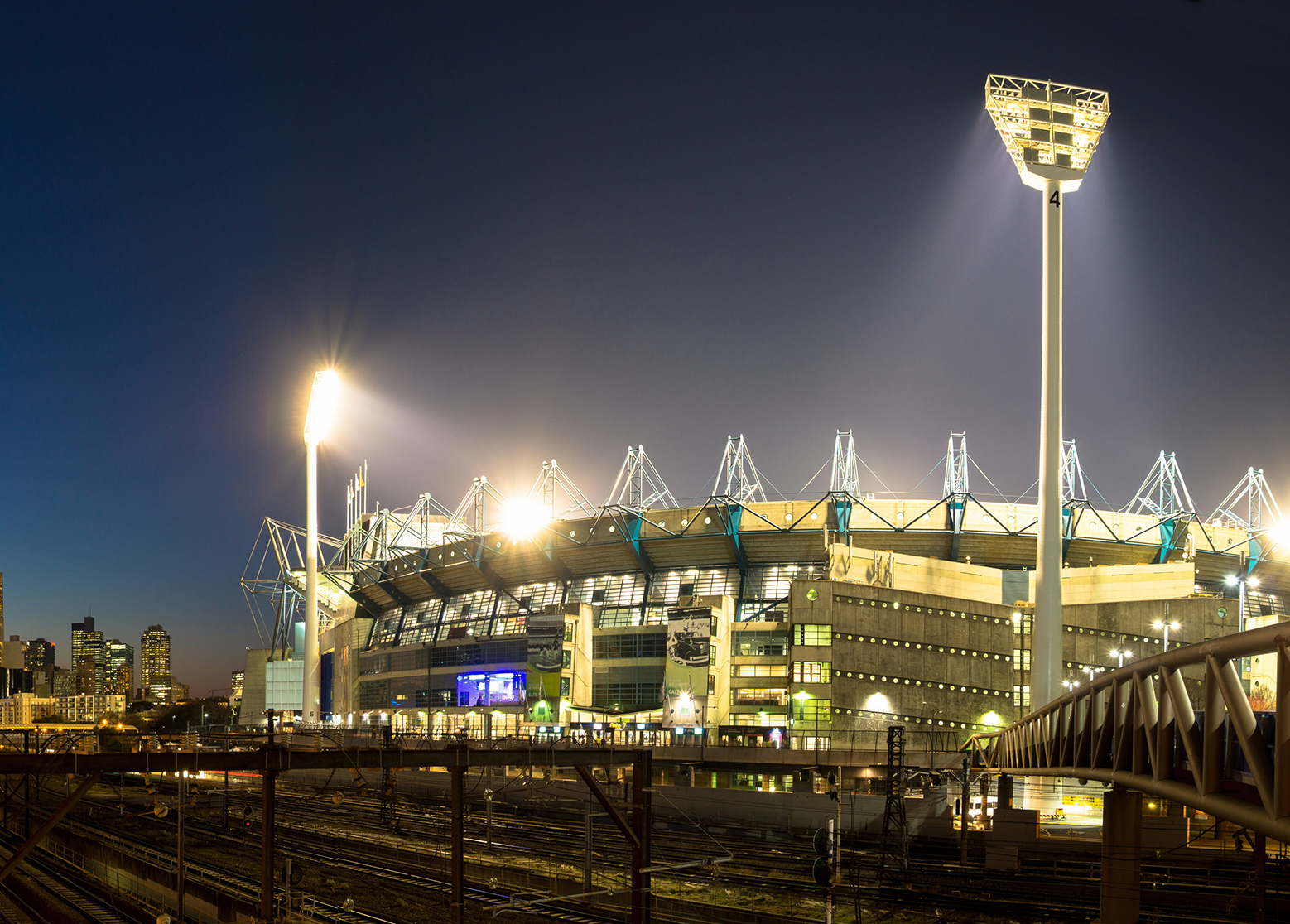This September Things Look Different…
Collingwood vs Melbourne vying off for a spot in a preliminary final. More than ninety thousand people at the MCG. The atmosphere electric on and off the field. Though something – especially for those of us watching from home – was happily missing: sports-betting ads.
Typically when we tune into free-to-air footy, we’re bombarded with betting promotions across TV broadcast ads, as well as the digital advertising screens around the playing field and bottom tiers of seating, known as “boundary signage”.
But three rounds into the 2023 AFL finals, this September has been a different story; aside from a small handful of ads, we’ve being spared from the usual onslaught (and I mean onslaught…in 2021 there were an average of 948 gambling ads per day on TV alone).
So what’s behind this change?
Gil’s Legacy
AFL’s outgoing boss, Gil McLachlan dropped a hint earlier this year during a chat with 3AW when he conceded that at least in his personal view AFL broadcasts contain too much gambling advertising.
“It’s in your face,” McLachlan said.
“I don’t have a problem [what] people do around wagering…[but we, the AFL] should be constantly reviewing our exposure and how we interface with different brands”.
But when you’re talking about a half-billion-per-year media rights deal, it’s not going to be the personal persuasion of one person – even if he is the CEO – changing the advertising landscape overnight.
Ethics, Public Sentiment and Industry Revenue
What seems most plausible is it being an experiment by the AFL in finding a middle ground: a partial bowing to the increasing public pressure critical of sports-bettings’ prevalence, whilst presumably maintaining strong advertising revenues available with the finals’ huge crowd attendances and impressive TV viewership.
Perhaps in selling the idea to its gambling advertisers the AFL highlighted that NRL finals would be running simultaneously on the very next free-to-air channel, and so the ability to advertise wasn’t frustrated so much as slightly shifted. And perhaps they weren’t as bothered as the AFL might have thought, given their newfound “under the radar” marketing avenues.
How simple life would be if the AFL had the luxury of choosing to decrease the number and frequency of gambling advertisements that it enabled, so long as it could ensure its sister footballing code the NRL would pick up the slack.
But a record broadcast deal commencing in 2025, representing $643 million per year – approximately $170 million a year more than the current deal – effectively means that the proliferation of gambling advertising during and around AFL games isn’t going anywhere. Strong competition (in other words, an undisturbed market) for ad spots is key to that huge deal being a good investment for Australian media giants Seven West Media and Foxtel.
An Encouraging Step
That said, what we’ve seen this September can only be seen as a positive step in terms of gambling harm reduction, and presenting the great game of AFL in its best light. Rather than the AFL merely taking a commercially convenient opportunity to deflate public pressure, hopefully it represents a meaningful commitment by the AFL and its media and advertising counterparts to explore less of a reliance on sports-betting advertising.


